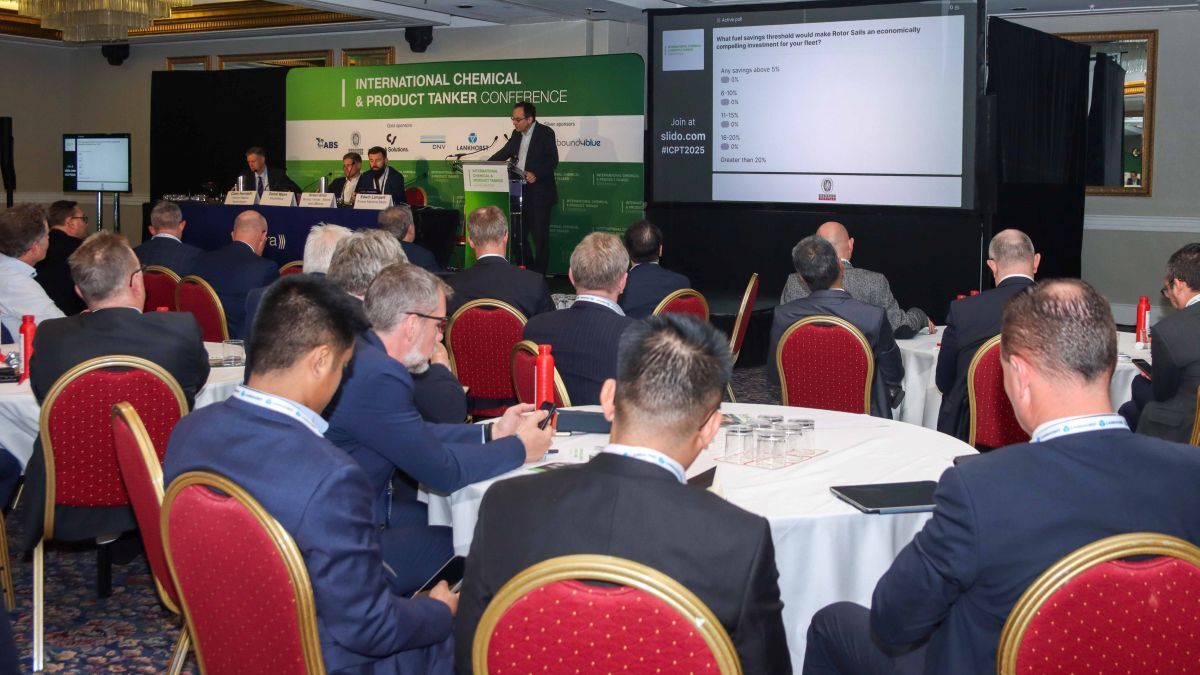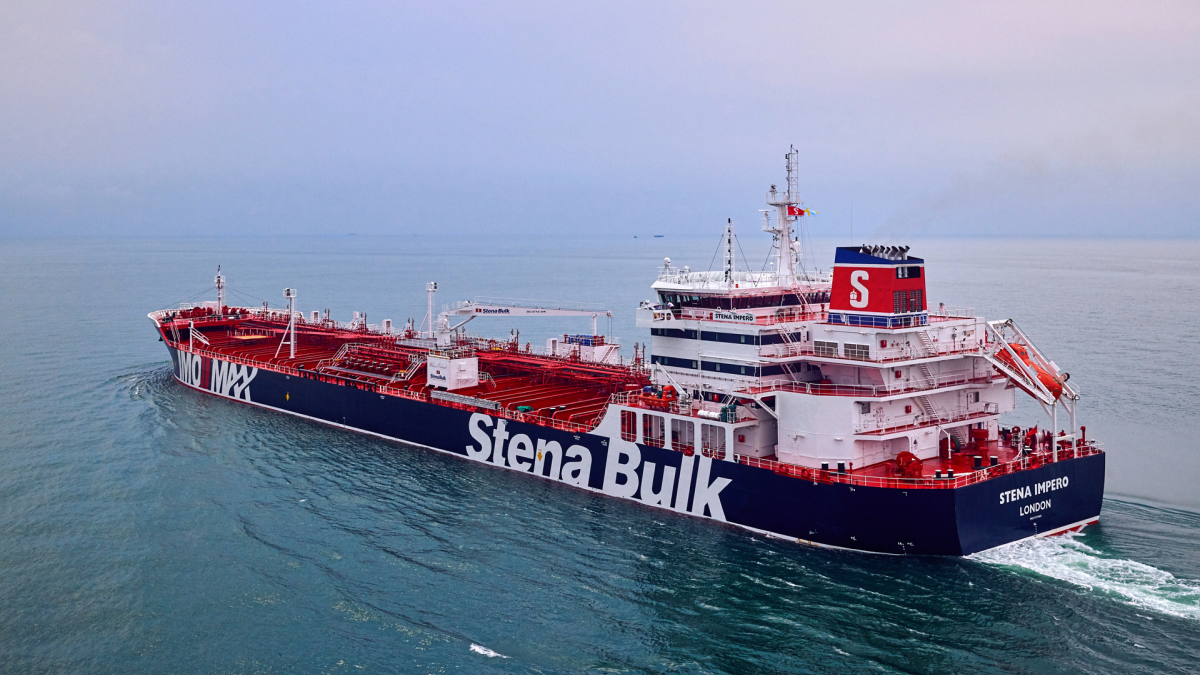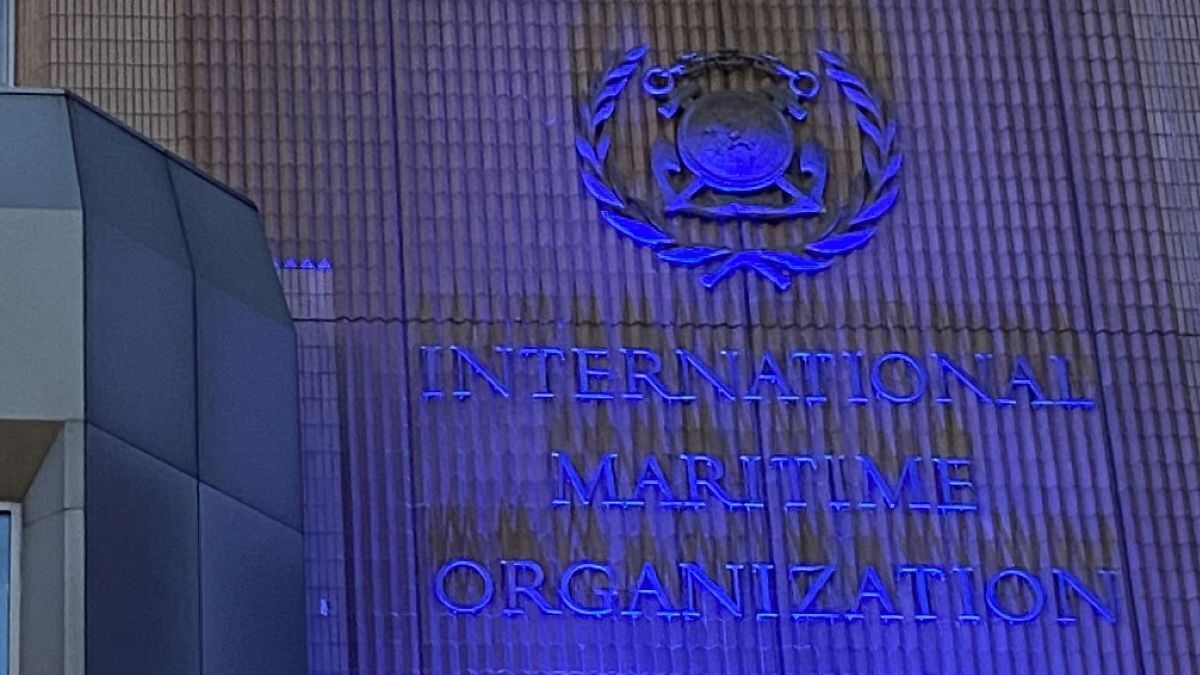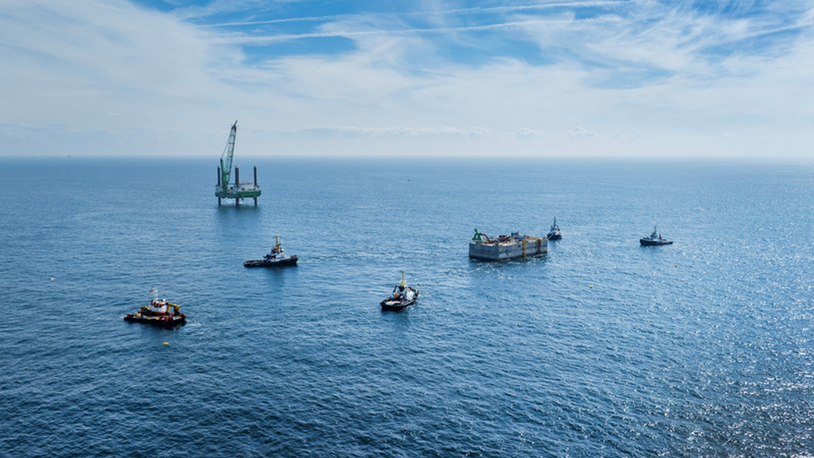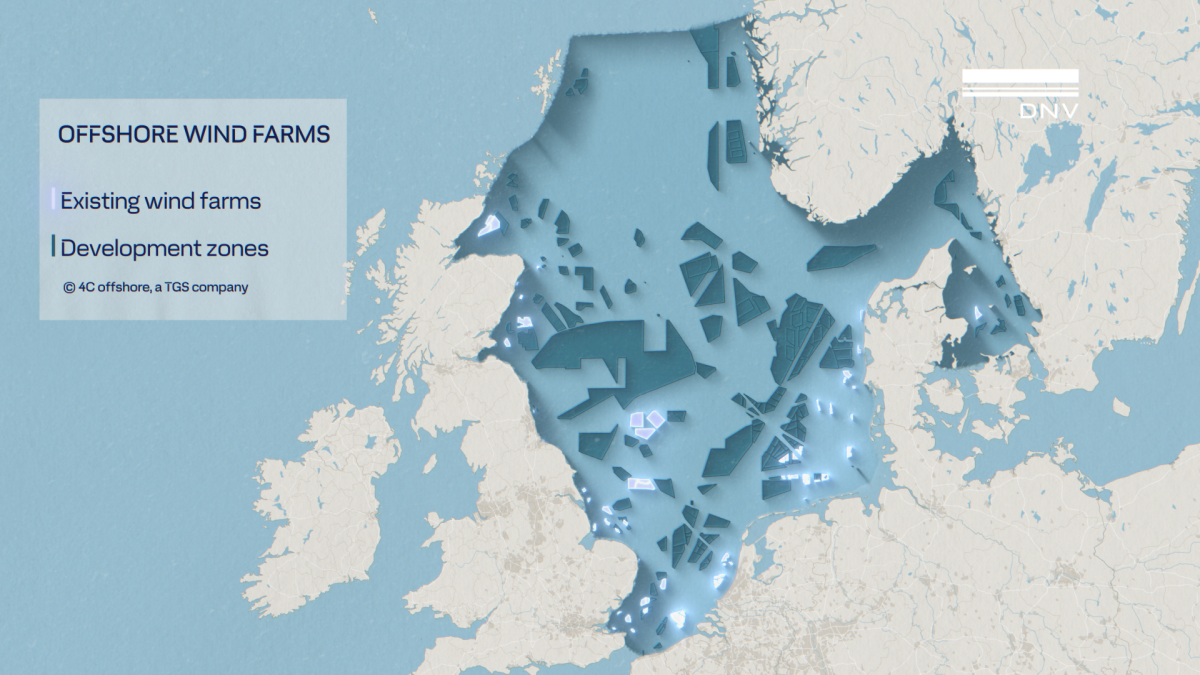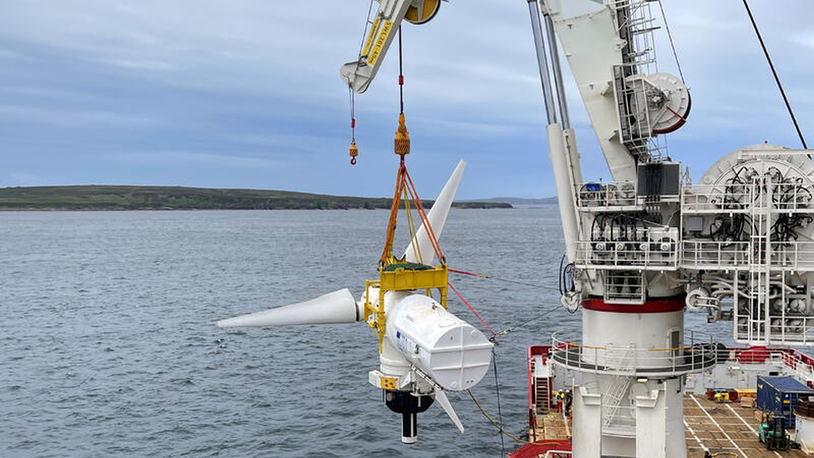Business Sectors
Events
Contents
Owners banking on a strong PSV market
When comparing the platform supply vessel (PSV) market with the anchor-handling tug/supply (AHTS) vessel market, it seems clear that momentum continues to be in favour of the PSV sector. In northwest Europe, this is most certainly the case, with PSVs generally in higher demand across both spot and term markets in the UK, Norway, Denmark and Netherlands sectors compared to their AHTS counterparts. This is true in terms of current demand but also in terms of projected demand and the current OSV orderbook.
According to market intelligence experts IHS, the profile of the OSV orderbook has undergone a significant focus change over the last 10 years. Look back 10 years, and the orderbook consisted of approximately 60 per cent AHTS vessels and anchor-handling tugs (AHTs). Today, however, of the 450 vessels in the orderbook (which increases to approximately 560 when all of the optional newbuilds are added), around 70 per cent of these are PSVs, with the rest anchor handlers, and it would appear that the percentage will increase further in favour of the PSV side, given the orders made so far in 2014.
According to IHS, a total of 75 newbuild vessels were ordered worldwide between January and May of this year. Of this total, 52 (70 per cent) of the vessels ordered were PSVs, with the vast majority of these being large PSVs (3,000 dwt and above), and of the 43 vessels currently being built at yards in northwest Europe, all but two of these are PSVs, with the vast majority being built at yards in Norway and the Netherlands.
There must be reasons for the continued movement in focus towards the PSV sector, therefore, but what are they? Market intelligence experts IHS point to increased demand for PSVs over the next three to four years as a result of increased numbers of semi-submersible drilling rigs, jack-ups and drillships entering the market worldwide during the same period. The increased number of drillships coming in is particularly important when analysing the difference in demand between PSVs and anchor handlers.
With drillships being self-propelled and with other benefits such as dynamic positioning, this reduces the need for AHTS vessels to tow them to and from location. Rig moves have traditionally been the major source of demand for AHTS vessels across the globe (although it must be noted that these vessels also have above and below-deck capacity, which allows them to carry out supply duties), and with many drillships entering service without the need for AHTS vessels to tow them to position, AHTS demand diminishes somewhat.
The variance in cost between the two types of vessel is also a major factor in being attracted away from AHTS vessels. A high spec anchor handler can cost upwards of US$100 million – a purchase price that will take a significant number of years to repay in a very good market. In a market where AHTS vessels may be forced to sit idle for long periods of time, however, the investment may prove too much for some vessel owners and their financial backers. Therefore, they are likely to move towards a large newbuild PSV, which may cost around US$50 million at a European shipyard and up to US$20 million less at a yard in countries like China, where the shipbuilding focus has moved to in recent years.
Chinese yards are capable of building high specification PSVs much cheaper than at yards in countries like Norway, which, for European-based vessel countries, has been the ‘go to’ country for high specification OSVs in the last 30 years or so. Traditionally, Norwegian yards have built high quality tonnage and delivered them to the buyer on time with few issues along the way. Chinese yards in the past have often failed to deliver the vessel on time, due to delays along the way in the construction process. This would cause significant problems to the buyer, who may have had a long-term contract lined up for the vessel upon delivery – a contract that may have had to be ripped up if the vessel was not ready on schedule. Nowadays, however, with companies prepared to send their own teams over to China to oversee the construction of the vessels and with the yards themselves now much more experienced in building quality tonnage and getting them out of the shipyard on time, this is less of a concern to the buyer, and if the only differential between two shipyards is purchase price, the buyer will obviously go to the cheaper build country and yard – which tends to be China.
IHS figures show that, of all the PSVs and AHTS vessels currently in the worldwide orderbook, 47 per cent of these are on order at Chinese yards. Just five years earlier, only 39 per cent of the fleet was being built in the Asian country. Meanwhile over the same period of time, the amount of vessels being built at yards in Norway has reduced from 7 per cent to 5 per cent, reflecting the shift in focus of shipbuilding from northwest Europe to Southeast Asia and the Far East. The percentage of vessels built in Singapore, Malaysia and Indonesia has also increased during that time, as a result of yards in these countries now having the experience and capability to deliver quality tonnage on time at a good price, unlike in previous years.
Despite the fact that 47 per cent of the fleet is currently being built in Asia Pacific, however, only 27 per cent of the current fleet of approximately 3,300 OSVs currently resides in the region. The significance of this is the fact that vessels are obviously coming out of Chinese yards and heading for other regions upon delivery, such as the North Sea. Vessel owners in Europe are taking advantage of the increased numbers of worldwide yards to choose from when ordering vessels. They are also taking advantage of the lending power of some Asian banks in order to fulfil extensive newbuilding and fleet regeneration plans.
As mentioned above, the OSV market in northwest Europe is dominated by PSVs – mainly large PSVs. Of the 394 vessels in the region, 26 per cent of these are anchor handlers, compared to 76 per cent PSVs. Only three anchor handlers are currently being built at yards in the region, compared to 45 PSVs, including optional newbuilds. Therefore, the market focus is clear and obvious and shows why PSVs are being ordered much more than their AHTS counterparts for vessel companies trading predominantly in the North Sea. The fact that projected demand figures are particularly strong on the PSV side of the market also shows why not only European companies are ordering this type of tonnage, but owner/operators in other parts of the world as well.
According to IHS, the largest growth market in the years to come will be for vessels with a deadweight of 3,000 tonnes and above. This is because chartering companies will be looking for vessels with increased capacity both above and below deck, with the ability to work in harsh, deepwater environments. Vessels will be required to work further and further from the shore and will therefore need to be able to work out at sea for significantly longer periods prior to coming back to the shore for more supplies. It has been mentioned in this section of OSJ in previous months that vessel owners are adapting and improving their fleets in order to be able to work internationally so that they can make the most of worldwide opportunities as and when they arise. That includes working in new countries, areas and regions, a good example being the drilling work currently being carried out in the Pechora and Kara Seas in the Russian Arctic. The work here has called upon several high specification vessels predominantly trading in Europe and will be the case for around five months every year for the next three years. Meanwhile, more and more PSVs are being called upon in West Africa, East Africa and Latin America from the North Sea. Again, these tend to be high spec PSVs – another fact highlighting the market potential for this type of tonnage and justifying the heavy ordering of PSVs in the last five years.
There are other factors that emphasise the reasons behind a shift in focus to the PSV side of the market, one being market utilisation. Since the onset of the global economic meltdown in late 2008, overall OSV utilisation (AHTS vessels and PSVs) has dropped from 80 per cent to approximately 68 per cent at the beginning of this year. This can be attributed to supply increasing well above the rate of demand, with the cancellation or postponement of projects meaning that vessels have been left idle worldwide. Utilisation for large PSVs during this time, however, has remained steady at between 80 and 90 per cent according to IHS, therefore showing that this segment still does well during challenging periods in the market (usually caused by a cyclical oversupply of tonnage) and thrives considerably when the market is tight. Utilisation is also shown to be significantly increased for younger vessels versus their ageing and elderly counterparts, as figures have shown over the last five years.
Overall worldwide term utilisation at the beginning of 2014 stood at just above 80 per cent for all PSVs less than 10 years of age (built in 2005 or later). PSVs over 23 years of age (built in 1991 or before), meanwhile, achieved an overall term utilisation rate of just 35 per cent at the beginning of this year. This can be attributed to the fact that chartering companies are now keen to hire large, sophisticated tonnage that is economically friendly and capable of working in harsh deepwater environments. Vessels that fit these criteria generally tend to have been in service for less than 10 years – often less than five. As a result, large PSV orders continue in abundance to ensure that vessel owners have fleets that are attractive to charterers – predominantly international oil companies. Statistics also show that, in almost every region of the world, it is the youngest vessels that are hired for long-term charters, whereas older vessels are more likely to be seen plying the various worldwide spot markets, picking up the odd job here and there.
The most important factor in the shift towards the PSV sector, however, is undoubtedly projected future demand. IHS forecasts show that large PSV term demand is projected to increase significantly over the next three years, with northwest Europe, West Africa, Latin America and the Middle East all expected to take on more of this type of tonnage. Worldwide term demand (which involves a vessel working on a contract lasting at least 30 days firm) is expected to increase by almost 70 per cent between now and 2017 for PSVs with a deadweight of 4,000 tonnes and above. It should come as little or no surprise, therefore, that shipbuilders will continue to have a very busy time in the next three years constructing and delivering quality PSV tonnage to ensure that this worldwide demand for large, high specification tonnage is met effectively and efficiently. OSJ
Forecasts show that large PSV term demand will increase significantly over the next three years in northwest Europe and elsewhereRelated to this Story
Events
Maritime Environmental Protection Webinar Week
The illusion of safety: what we're getting wrong about crews, tech, and fatigue
Responsible Ship Recycling Forum 2025
© 2024 Riviera Maritime Media Ltd.



